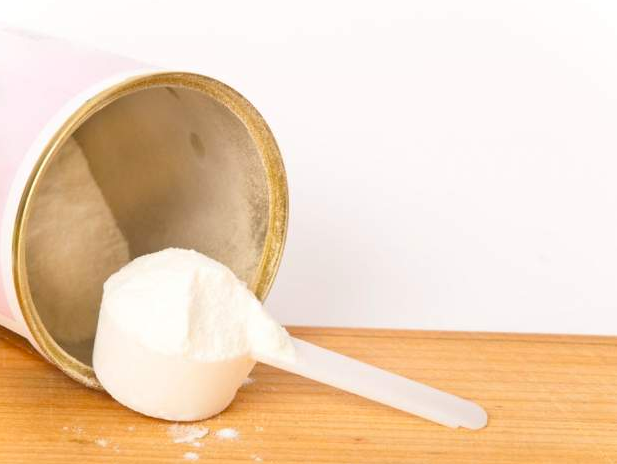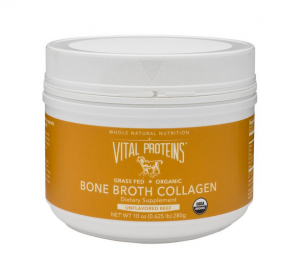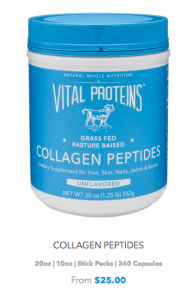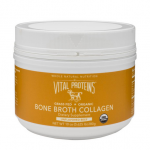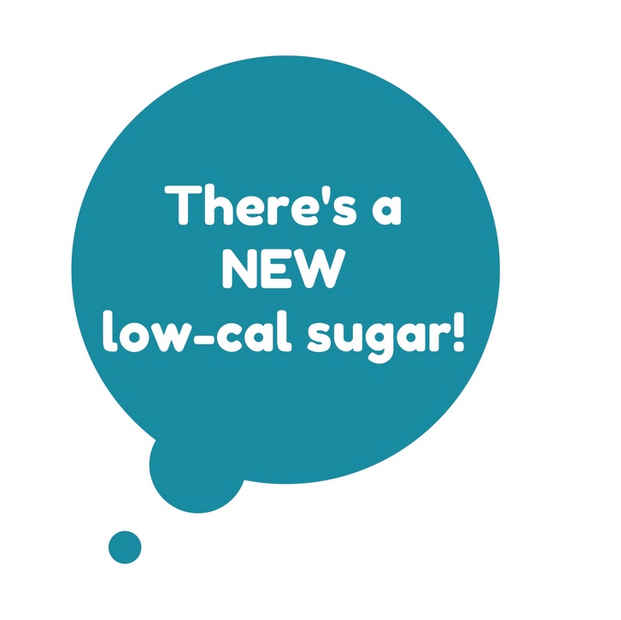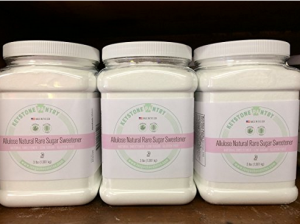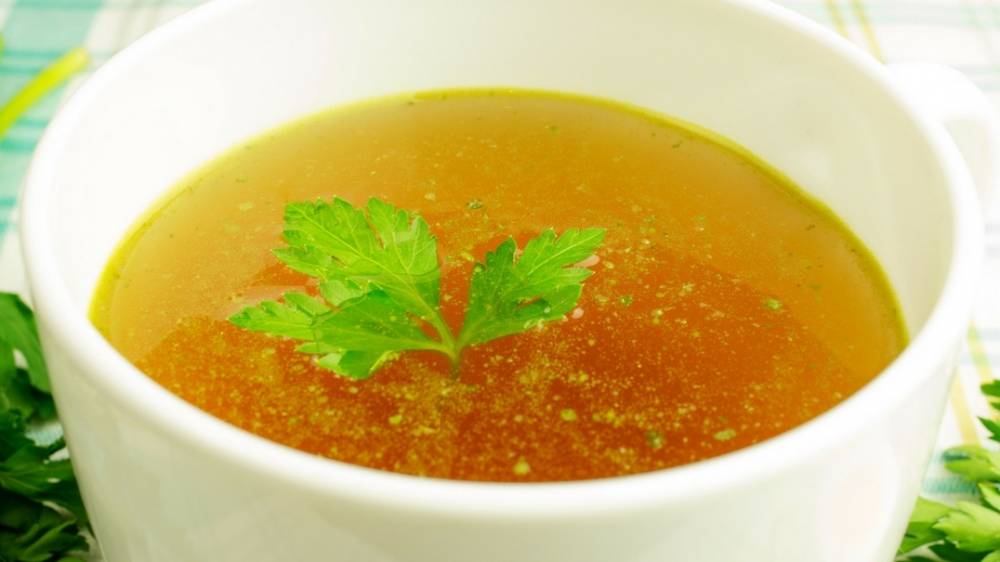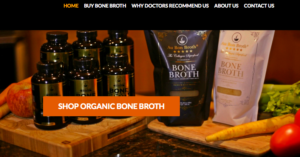I Have a Secret about Weight Loss
I’m getting a lot of “you’ve lost weight” and “you look younger” comments now that I made some changes and I dropped from 187 to 170. I’m a 5’7″ 49 year old guy so 5 pounds is a lot and it will mess with you, especially if you put your fat in the belly area (dangerous!). How did I do it? I do have a secret ingredient, so stick with me as I explain – you need to know some things first. If I just blurt it out, then it’s like giving a 5th grader information that’s meant for a 12th grader. You’ll quickly dismiss it or judge it incorrectly.
Moreover, it’s not just the secret ingredient that helped my weight loss, it’s how I used it.
All weight loss methods work to an extent but you know by now that everyone gains it back for the most part. Even those who’ve have the weight loss surgeries gain their weight back.
My first trick: figure out where you want to be and set a goal (weight, body fat, clothing size, etc.). Give yourself time as rapid weight loss rarely works (although I did drop 15 pounds in 21 days!). As a 49 year old, I’m setting a goal to be in the best shape of my life by the time I’m 50. I honestly don’t like to weigh and measure myself in any way, but that which can be measured can be managed. I have a wife, kids, and a lot of patients that depend on me to be around for a long time – the extra weight had to go.
My personal health and fitness goals:
- Body weight 165
- Body fat 15%
- Ability to do a press to handstand
- Ability to do a muscle up
- Wear medium shirts, fitted shirts, and size 30-31 pants comfortably.
(these are subject to change as I progress along – that’s normal.)
Why these goals? They cover both health and fitness which are 2 different things entirely. Health is not well defined and fitness is wide open to interpretation, so I wanted to make sure my body is physically strong (no one ever comes into my clinic complaining about being too strong) and slender – no unnecessary storage or fat. Extra fat can cause all sorts of problems as you know, so I want a normal amount of fat. Shredding all of it off is not necessarily healthy – that’s for show! A normal amount of body fat is healthy and it will allow your body to look it’s absolute best.
If you achieve those above goals, your body will more than likely look much like a gymnast. No too muscled up and not too skinny…just right. A good reference I believe is the Statue of David, but I’ll allow a little more body fat as David looks pretty young. You should have very good energy as well.
80% of weight comes from your diet…what you eat or don’t eat. 20% of your weight is due to your activity level
This is why so many who try to just exercise more fail. Exercise is a very inefficient way to lose weight! You’ll get better at exercising but your pounds will just sit there laughing at you. Have you ever noticed how many runners, weight lifters, and walkers stay really overweight despite their efforts?
Yes, I am a physical therapist, and I DO endorse exercise! But, let’s be honest, if your goal is weight loss/fat loss, then exercise is a small part of the prescription.
You CANNOT out exercise a bad diet
Ok, so what diet should you use?
My wife will readily tell you that I annoy her completely when I start harping about eating like a human – she’ll buy all the grainy sugary floury stuff and tell my that I don’t have to eat it. She and the kids can eat that stuff with no ill effects. I eat it, and I blow up pretty quick (or I used to).
Of course I keep up with the diet industry as best I can so I can counsel my patients. There is no 1 hit wonder diet. Everyone is different beginning with their mindset and then their physiology and genetics.
The more complex and involved a diet approach is, the more destined you are to fail attempting it. Diets should be simple as God designed us in a way to eat some fairly simple things. The more we refine it, process it, and alter it, the more it will cause us problems. We are designed to eat mostly protein, fat, veggies, and some fruits and nuts/seeds. Foods that are dairy-based, sugary, or made with corn or flour are not foods our bodies love.
Our genetics are the same as when we were hunter-gatherers, so outside of the basics mentioned above, our bodies have to really work to handle all the unrecognizable substances we put in them! Never have we had so many artificial substances, sugar, and foods that convert to sugar so readily available. We used to have to work to get our food, and it did not consist of much of what we ingest today. Just look at any movie from the 70’s and earlier…not many overweight folks. We blew up starting in the 80’s as obesity rates doubled. Mississippi has been in the lead for the greater part of the last 3 decades. The point I’m making is that our environment is so different and our bodies are acclimating to it! We now have to put forth a great effort to eat like we’re designed to.
So what diet should you use? Here are some diets that help us return to some basics that are similar to the way our ancestors ate.
- Any Paleolithic Diet: the paleo approach is not just about eating meat. It’s a very human way to eat. I recommend the book “Practical Paleo.” It has all the info you need plus meal plans if you’re into that. I just like the do’s, don’ts, and the principles.
- The Mediterranean Diet: this is one of the most studied and recommended diets across the nutritional and medical communities. It’s a fairly easy method to follow. I don’t use this approach, but I’ve had great success with patients who have. For those who simply cannot or will not give up carbs or grains, this is a good go-to. I put this here mainly because it is a medically accepted and promoted diet; however, it’s like any other diet where people do gain their weight back when they return to old habits. You’ve been warned.
- Ketogenic Diet: these diets keep you in a slight state of ketosis where you burn fat like crazy. Once you adapt to this way of eating, there is no going back. Your health will be amazing.
- Ketogenic Diet integrated with fasting (intermittent and extended) – This is the most successful, permanent weight loss and health restoration method that is time tested and proven. SEE MORE HERE. This is how you not only lose weight but fix chronic ailments, autoimmune disorders, gut and digestive issues, and metabolic disorders (type 2 diabetes).
Here is What I Used: Secret No. 1.
The Bone Broth Diet – I love it, and here’s why. It’s easy, simple, it works, and it’s a 21 day program. It’s much like a combination of paleo and ketogenic plus you use a bone broth as a snack and on “mini fast” days. This bone broth that you can buy HERE or make yourself (it will smell your house up – ha!) This bone broth has collagen in it which is a bit of an anti-inflammatory and it is awesome for your joints and your skin. It’s made from an organic grass fed source so it’s the good stuff and has no bad stuff.
I recommend getting the Bone Broth Diet book on Amazon and then either buying the easy to make broth HERE or learn how to make it HERE in a recent article I wrote about bone broth (CLICK HERE to GET the RECIPE). I’ve done both, and the bone broth packets are the way to go for me. They are easy to make and I could put it in my Yeti tumbler and sip it at work, too! The actual diet is simple. Of course there are recipes and meal plans, but I just use the recommended foods and come up with stuff – my family (yes, kids included) love it!

My wife loves the diet, my kids love the diet foods and dishes. The broths are hit and miss. The broth that I make is usually a smash hit. My wife had that first, so she doesn’t really like the broth packets at all! The absolute BEST TASTING and highest rated bone broth is made by Au Bon – Go HERE to Try It Out!
Secret No. 2.
Exogenous Ketones! You may or may not have heard of these, but in a nutshell, you are helping your body rapidly get into a state of nutritional ketosis – fat burning! You are putting in ketones which is a substance your body already makes on a low carb diet. Ketones come from metabolizing fat, and they act as a source of energy, and your body loves them more than glucose! Learn More and Get SOME HERE. (there is a short 4 minute video that gives a great run down on how exogenous ketones will work for you as they do for me. Better focus, energy, and fat loss. Very natural (your body already makes them), and very safe. In the clinic, I’ve been enjoying not only watching people lose fat but also heal better, faster and more complete! Yes, ketones are also anti-inflammatory and help healing occur. They also have a strong anti-carcinogenic effect. They are my secret, but now I’m recommending that most of my patients and clients try it – GO HERE
Secret No. 3.
And this is my favorite secret that is so effective and knocking out belly fat (and inflammation!)…use GRASS-FED BEEF! It can be hard to find, and I get mine HERE at US Wellness Meats! It costs the same as when you find it at the store, and this stuff is good! I get the ground beef and various steaks HERE. No matter what dietary approach you use, put grass-fed beef into your diet. Grain-fed meat is what 95% of our country eats, and it’s highly inflammatory thus all the bad stories about gout, cancer, leaky gut syndrome, etc. Just get some grass-fed beef which your body will thank you for. If you’re a vegetarian, sorry – keep working hard to fill in the nutritional gaps you’ll have to deal with. I know all the arguments here, and vegetarianism/veganism is more of a lifestyle choice vs a necessity for health. Humans are designed to be omnivores – period. Being a vegetarian for some is great, just not for all. Certain genetic types do well with being a vegetarian, but it does take an effort.
Why is grass-fed beef so good? Basically, it has the ideal omega 3 to 6 ratio that’s good for you. Grain-fed beef is too high with omega 6 and causes inflammation. Grass-fed beef also has a CLA (conjugated linoleic acid) which is a known and proven fat buster. Weight lifters have used this for years in pill form to try and shed those extra fat pounds. Just eat grass-fed beef.
But Wait There’s More! I HAVE A BONUS FOR YOU!
I have been testing a developing a new diet, and it’s called 21 Days ON 15 Pounds OFF. It is to come out very soon now that the tests are done and it works better than expected! How would you like to truly change your health and your body in 3 weeks?
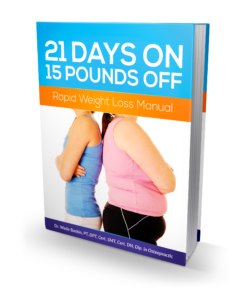
I want you to have this for FREE! It’s only FREE to the first 25 People that fill out this form first. When you click “Submit,” you’ll get a notification by email. Click the book or GO HERE NOW!
Below are references I use to fend off the naysayers to any of my comments ;-). In other words, I’m not just giving you hype, I back it up…
1 Juanola-Falgarona M et al. Effect of the glycemic index of the diet on weight loss, modulation of satiety, inflammation, and other metabolic risk factors: a randomized controlled trial. Am J Clin Nutr. 2014 Jul;100(1):27-35.
2 A. Janet Tomiyama, Ph.D. et al. Low Calorie Dieting Increases Cortisol. Psychosom Med. 2010 May; 72(4): 357–364.
3 Susan B Robert et al. Energy requirements and aging. Public Health Nutrition: 8(7A), 1028–1036.
4 Poehlman ET et al. Determinants of decline in resting metabolic rate in aging females. Am J Physiol. 1993 Mar;264(3 Pt 1):E450-5.
5 Ryan AS. Insulin resistance with aging: effects of diet and exercise. Sports Med. 2000 Nov;30(5):327-46.
6 Gower BA et al. A lower-carbohydrate, higher-fat diet reduces abdominal and intermuscular fat and increases insulin sensitivity in adults at risk of type 2 diabetes. J Nutr. 2015 Jan;145(1):177S-83S.
7 Bazzano LA et al. Effects of Low-Carbohydrate and Low-Fat Diets: A Randomized Trial. Ann Intern Med. 2014 Sep 2;161(5):309-18.
8 Wojcicki JM et al. Reducing childhood obesity by eliminating 100% fruit juice. Am J Public Health. 2012 Sep;102(9):1630-3.
9 Volek JS, et al. Carbohydrate restriction has a more favorable impact on the metabolic syndrome than a low fat diet. Lipids. 2009 Apr;44(4):297-309.
10 Keogh JB, et al. Effects of weight loss from a very-low-carbohydrate diet on endothelial function and markers of cardiovascular disease risk in subjects with abdominal obesity. Am J Clin Nutr. 2008 Mar;87(3):567-76.
11 Dyson PA, et al. A low-carbohydrate diet is more effective in reducing body weight than healthy eating in both diabetic and non-diabetic subjects. Diabet Med. 2007 Dec;24(12):1430-5.
12 McClernon FJ, et al. The effects of a low-carbohydrate ketogenic diet and a low-fat diet on mood, hunger, and other self-reported symptoms. Obesity (Silver Spring). 2007 Jan;15(1):182-7.
13 Meckling KA, et al. Comparison of a low-fat diet to a low-carbohydrate diet on weight loss, body composition, and risk factors for diabetes and cardiovascular disease in free-living, overweight men and women. J Clin Endocrinol Metab. 2004 Jun;89(6):2717-23.
14 Yancy WS Jr, et al. A low-carbohydrate, ketogenic diet versus a low-fat diet to treat obesity and hyperlipidemia: a randomized, controlled trial. Ann Intern Med. 2004 May 18;140(10):769-77.
15 Stanhope KL, et al. Consuming fructose-sweetened, not glucose-sweetened, beverages increases visceral adiposity and lipids and decreases insulin sensitivity in overweight/obese humans. J Clin Invest. 2009 May;119(5):1322-34.
16 Whalen KA, et al. Paleolithic and Mediterranean Diet Pattern Scores Are Inversely Associated with All-Cause and Cause-Specific Mortality in Adults. J Nutr. 2017 Apr;147(4):612-620


